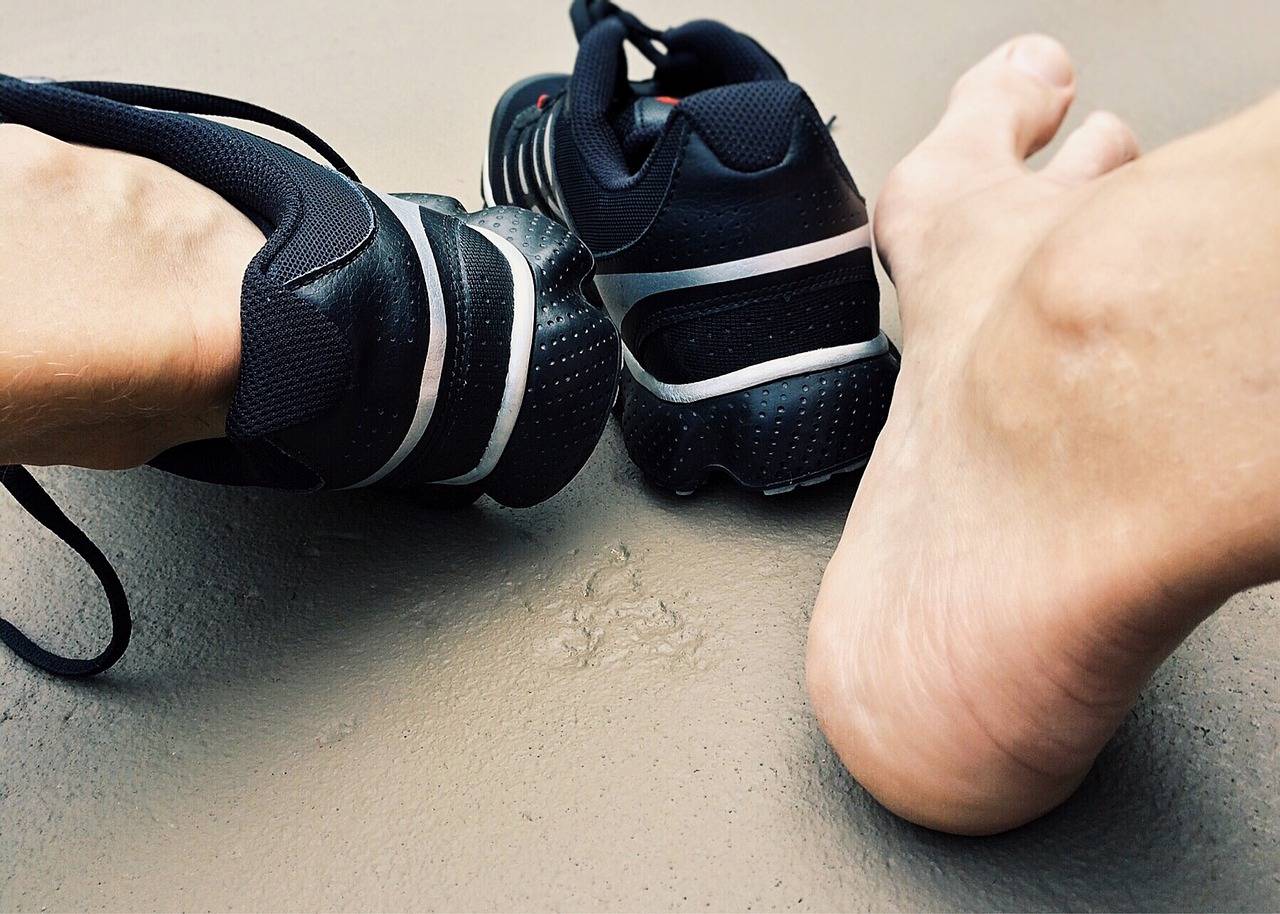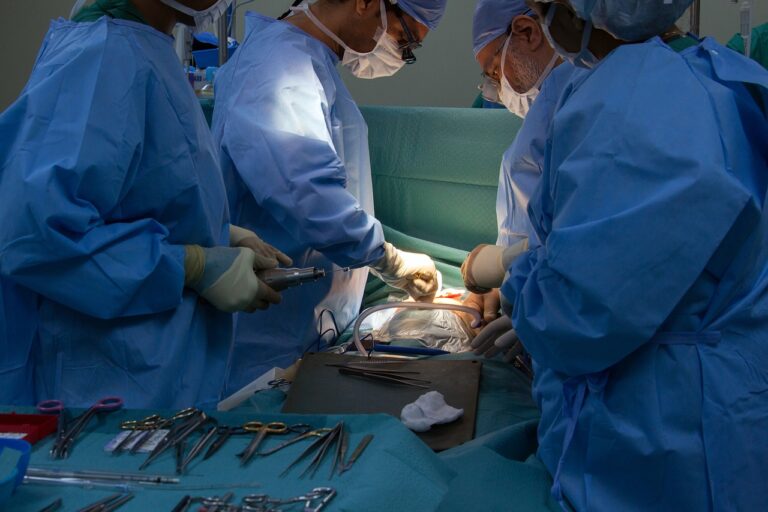Nephrology Certification: Recognizing Expertise in the Field: Allpanel 777.com, Laser book 247, 99exch.com login
allpanel 777.com, laser book 247, 99exch.com login: Lymphocytic interstitial pneumonitis (LIP) is a rare lung disease that primarily affects the interstitium, which is the tissue and space around the air sacs in the lungs. Patients with LIP often experience symptoms such as cough, shortness of breath, and fatigue, which can significantly impact their quality of life. Pulmonary rehabilitation plays a crucial role in managing the symptoms and improving the overall well-being of patients with LIP.
What is Pulmonary Rehabilitation?
Pulmonary rehabilitation is a comprehensive program designed to help patients with chronic lung diseases improve their physical and emotional well-being. The program typically includes a combination of exercise training, education, and counseling aimed at enhancing the patient’s lung function, reducing symptoms, and improving their overall quality of life.
The Role of Pulmonary Rehabilitation in Patients with LIP
Patients with LIP can benefit greatly from pulmonary rehabilitation due to the nature of their condition. Since LIP primarily affects the lungs, patients often experience breathing difficulties and reduced exercise tolerance. Pulmonary rehabilitation can help address these issues by improving lung function, increasing strength, and enhancing endurance.
Exercise Training
One of the key components of pulmonary rehabilitation is exercise training. Patients with LIP are encouraged to participate in tailored exercise programs that focus on improving cardiovascular fitness, muscle strength, and endurance. These exercises can help patients breathe more efficiently, reduce shortness of breath, and increase their overall physical activity levels.
Education and Counseling
In addition to exercise training, pulmonary rehabilitation programs offer education and counseling to patients with LIP. Patients learn about their condition, how to manage symptoms, and strategies for coping with the emotional challenges that come with a chronic lung disease. Counseling sessions can also help patients develop healthy lifestyle habits and improve their mental well-being.
Nutritional Guidance
Nutrition plays a crucial role in managing chronic lung diseases like LIP. Pulmonary rehabilitation programs often include nutritional guidance to help patients maintain a healthy diet that supports their overall lung health. A well-balanced diet can help patients manage their weight, reduce inflammation, and improve their energy levels.
Breathing Techniques
Patients with LIP may experience difficulty breathing due to inflammation and scarring in the lungs. Pulmonary rehabilitation programs teach patients breathing techniques that can help improve lung function and reduce shortness of breath. These techniques can be particularly beneficial during physical activity or periods of increased respiratory distress.
Supportive Environment
Pulmonary rehabilitation provides patients with a supportive environment where they can connect with healthcare professionals and other individuals facing similar challenges. This sense of community can help patients feel less isolated, more motivated to participate in their treatment, and better equipped to manage their condition on a day-to-day basis.
FAQs
Q: How long does pulmonary rehabilitation typically last?
A: Pulmonary rehabilitation programs vary in length, but most programs last between 6 to 12 weeks. The frequency and duration of sessions depend on the patient’s individual needs and goals.
Q: Can pulmonary rehabilitation help patients with advanced lung diseases like LIP?
A: Yes, pulmonary rehabilitation can benefit patients with advanced lung diseases by improving their symptoms, enhancing their quality of life, and helping them better manage their condition.
Q: Is pulmonary rehabilitation covered by insurance?
A: Many insurance plans cover pulmonary rehabilitation programs for patients with chronic lung diseases like LIP. Patients should check with their insurance provider to determine their coverage options.
In conclusion, pulmonary rehabilitation plays a vital role in the management of patients with lymphocytic interstitial pneumonitis (LIP). By focusing on exercise training, education, counseling, and supportive care, pulmonary rehabilitation programs can help patients improve their lung function, reduce symptoms, and enhance their overall well-being. If you or a loved one has been diagnosed with LIP, consider discussing the benefits of pulmonary rehabilitation with your healthcare provider.







